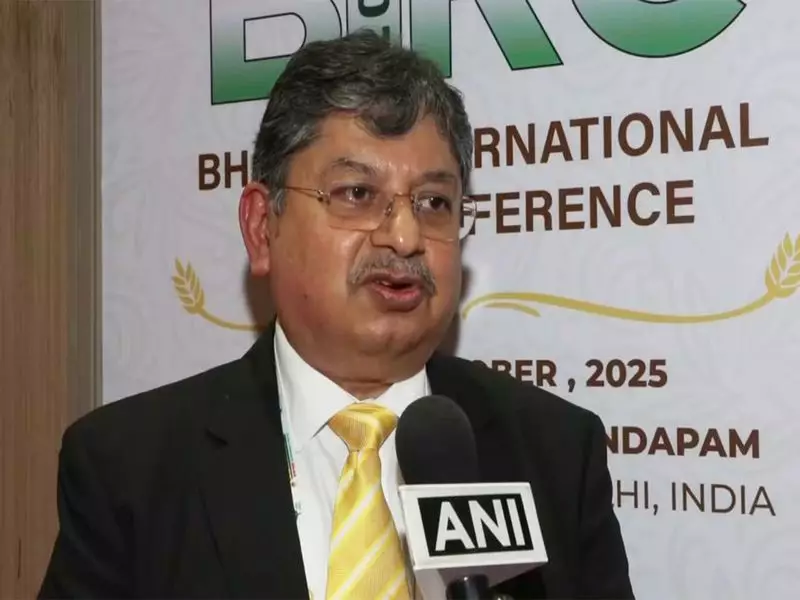
India's vast network of inland waterways holds the key to transforming the fortunes of small and marginal farmers while boosting the country's export capabilities, according to Amitabh Kumar, former Director General of Shipping. This often-overlooked transport system could become the agricultural sector's most powerful tool for growth and global market access.
The Cost Advantage: Waterways vs Traditional Transport
Kumar emphasized the significant economic benefits of shifting agricultural transport to waterways. "Moving goods via inland waterways can reduce logistics costs by 30-40% compared to road and rail transport," he revealed. This substantial cost reduction could make Indian agricultural products more competitive in international markets while increasing farmers' profit margins.
Empowering Small Farmers
The most transformative impact could be on small and marginal farmers who currently struggle with high transportation costs that eat into their already thin profits. "Inland waterways can open up export avenues that were previously inaccessible to small farmers," Kumar explained. This democratization of export opportunities could level the playing field for agricultural producers across different scales of operation.
Ganga: The Emerging Agricultural Artery
The Ganga river system, particularly the Haldia-Varanasi stretch, is emerging as a crucial corridor for agricultural transportation. Recent developments in infrastructure and navigation capabilities are making this ancient river ready for modern commercial use. "We're seeing the Ganga transform from a cultural symbol into an economic lifeline," Kumar noted.
Environmental and Efficiency Benefits
Beyond economic advantages, waterways offer environmental benefits that align with global sustainability trends:
- Lower carbon footprint compared to road transport
- Reduced road congestion and wear
- Energy-efficient movement of bulk commodities
- Minimal land acquisition requirements
Government Initiatives and Future Potential
The development of National Waterway-1 (Ganga-Bhagirathi-Hooghly river system) and other inland waterways reflects the government's commitment to this alternative transport mode. Kumar stressed that continued investment in infrastructure and policy support is crucial to realizing the full potential of this transport revolution.
As India positions itself as a global agricultural powerhouse, inland waterways could provide the competitive edge needed to make Indian farm products more accessible and affordable in international markets while ensuring better returns for the farmers who form the backbone of the rural economy.





